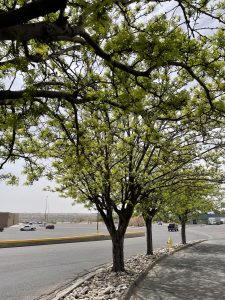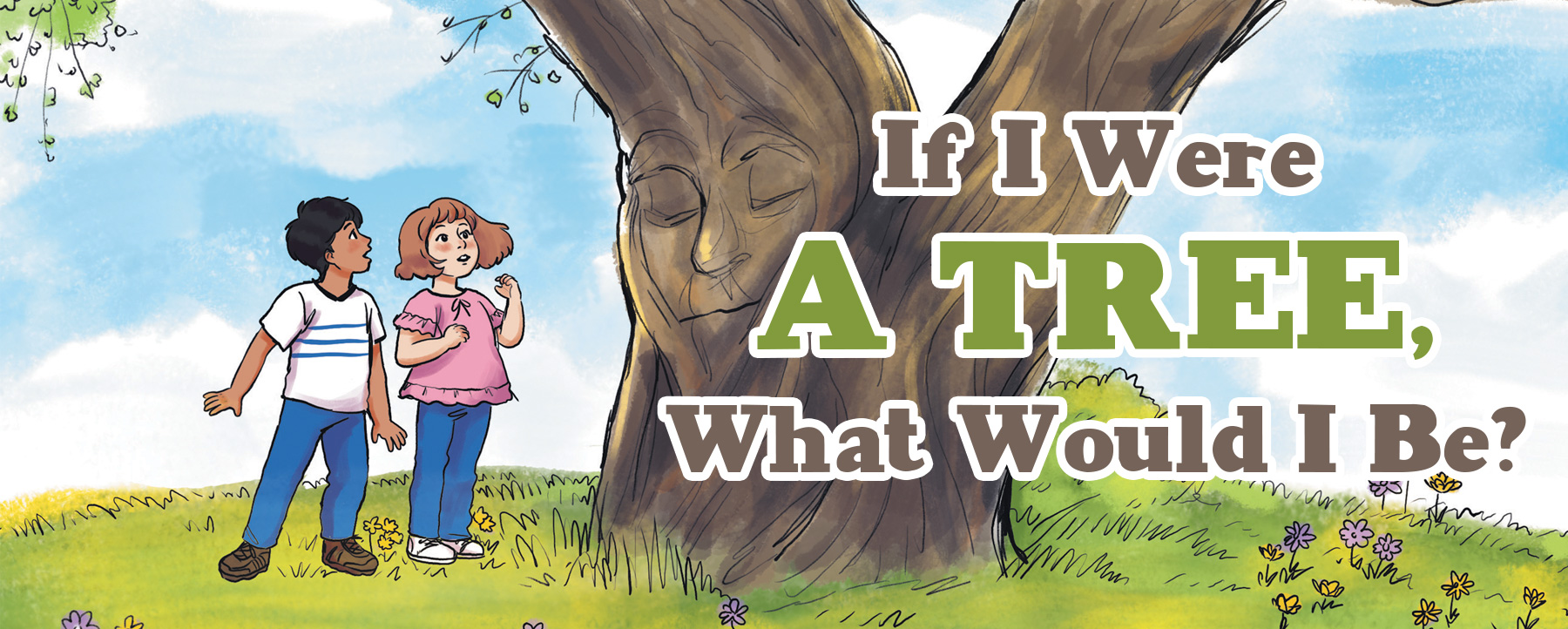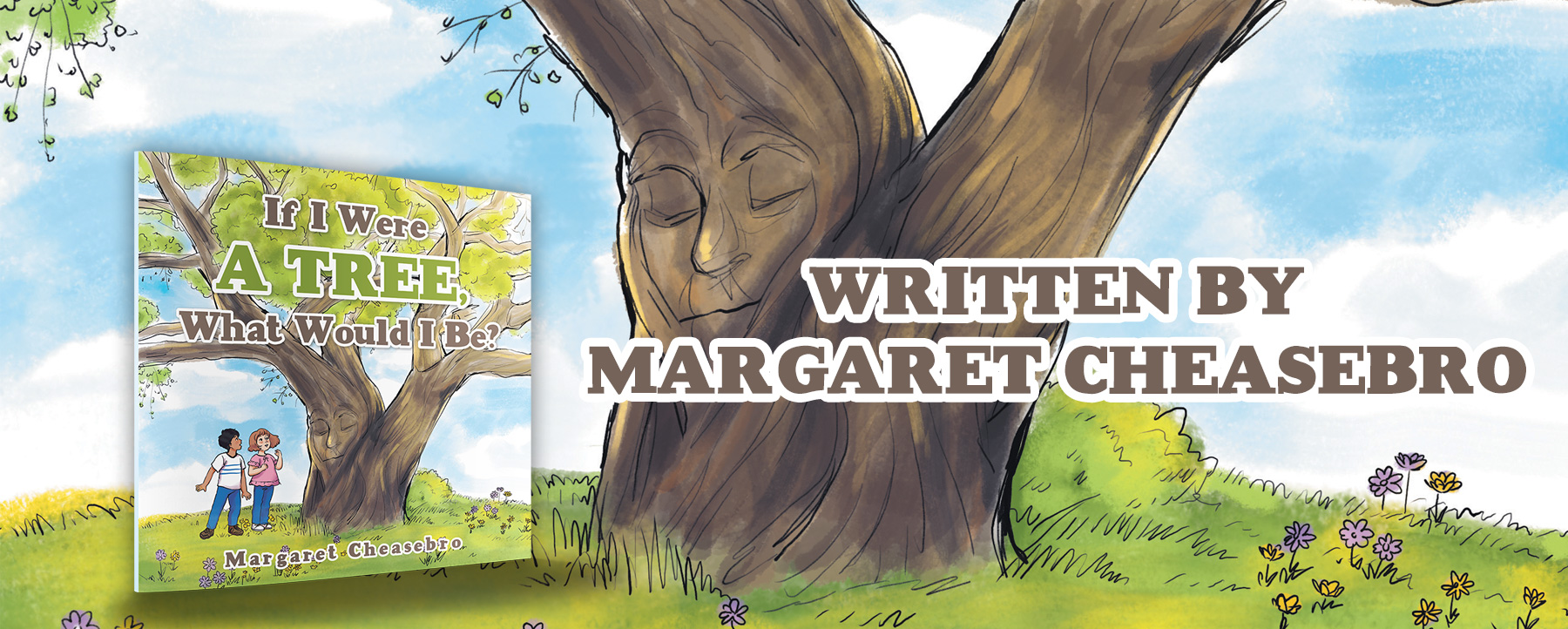
Trees in city
From scientists to planners, many people agree that trees make cities more comfortable and survivable as global temperatures rise. But planting more trees is easier said than done.
An interesting article in the January 20, 2023 The Guardian Weekly written by Jon Henley laid out challenges experienced in some European cities. Though many people agree that trees improve how enjoyable it is to live in cities, it is hard to find a place to plant them.
Cities have many concrete and asphalt pavements, high rise buildings, underground parking lots, and underground infrastructure such as gas pipes, power and phone cables, and subways. Often with all that infrastructure, the soil is not deep enough to nurture a tree.
The latest report from the Intergovernmental Panel on Climate Change states that trees combat climate change by storing carbon and by cooling urban areas. That reduces energy demands in cities. Trees also improve air quality, reduce heat stress, and create islands of plant growth that help people to feel better mentally and physically.
Those advantages have a down-side. There are many technical difficulties of planting trees in cities where there aren’t many places to plant them. There’s also the expense of planting trees. Ana Louisa Soares, a landscape architect at the University of Lisbon in Portugal, said costs can include buying the tree, maintaining and pruning it and treating it for diseases, especially during its first five years when it is most vulnerable. Those costs for one tree can reach about $2,150 over five years.
In the face of that expense, cities sometimes shy away from planting new trees, Soares wanted to know the financial benefits of trees. She adapted a US software program called iTrees and put into it data from about 41,000 of Lisbon’s trees. She discovered that for every dollar invested in trees, the city would gain $4.50 in benefits such as energy savings, a reduction in carbon and air pollution, and reduced stormwater runoff. Trees also increase property values.
Today, it’s more important than ever to plant new trees in cities because older trees planted in the late 19th century and early 20th century are coming to the end of their lives. On the down-side, cities must consider how more trees could reduce access for emergency vehicles along narrow streets. Some municipalities have laws about how close a tree can be planted to a building. Will trees planted by highways reduce the amount of space for vehicles to travel?
The benefits of planting more trees in cities outweighs the costs and inconveniences. Even so, finding places to plant the trees create obstacles that can seem insurmountable. Some city residents aren’t thrilled to have less available light because of the shade that trees provide. But, in the end, which is better, enjoying the cooler temperatures that trees offer or living in a city that is so hot it’s unbearable?


